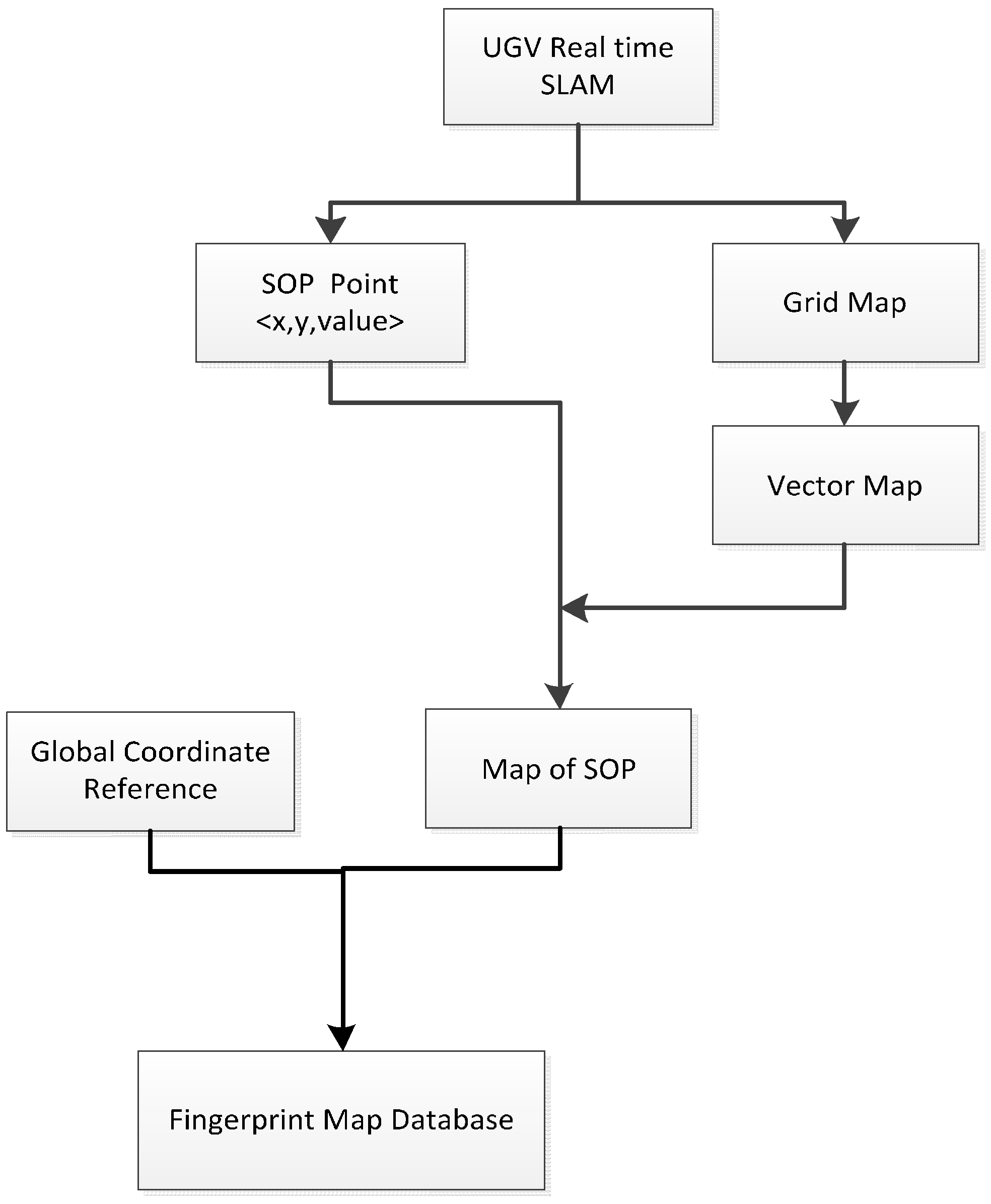

The response parameter is the HTTP code that is the desired response from a vulnerable system (examples include 200 Ok, 502 Bad Gateway, and 302 Moved Temporarily). The first parameter in the vulnerability signature is reserved for the type of vulnerability that the signature analyzes, while the second informs the program of the directory, file, and/or attack string that should be sent to the target Web server. The following is the format for the vulnerability signatures included within the database, which we will parse throughout our program.Ĭhecks: ws type,root,response,method,http,additonal output Department of Energy’s ORT (computer incident response team).The Nikto vulnerability database has contributors from across the globe, but more importantly, each signature has a common format. The application we have created utilizes a publicly available and extremely popular vulnerability signature database from the U.S. The data records follow a common format and in general need to be parsed for proper execution. These fingerprint files are commonly referred to as fingerprint databases, but in reality they are nothing more than text-based databases. These fingerprint files add a level of flexibility since they allow for the easy creation of new fingerprints without adding new parsing or execution code, which is usually the more difficult of the two codes to write. Nearly all flexible security scanning programs these days have fingerprint files that get “sucked” up, or parsed, and utilized. Foster, Mike Price, in Sockets, Shellcode, Porting, & Coding, 2005 Attack signature format


 0 kommentar(er)
0 kommentar(er)
